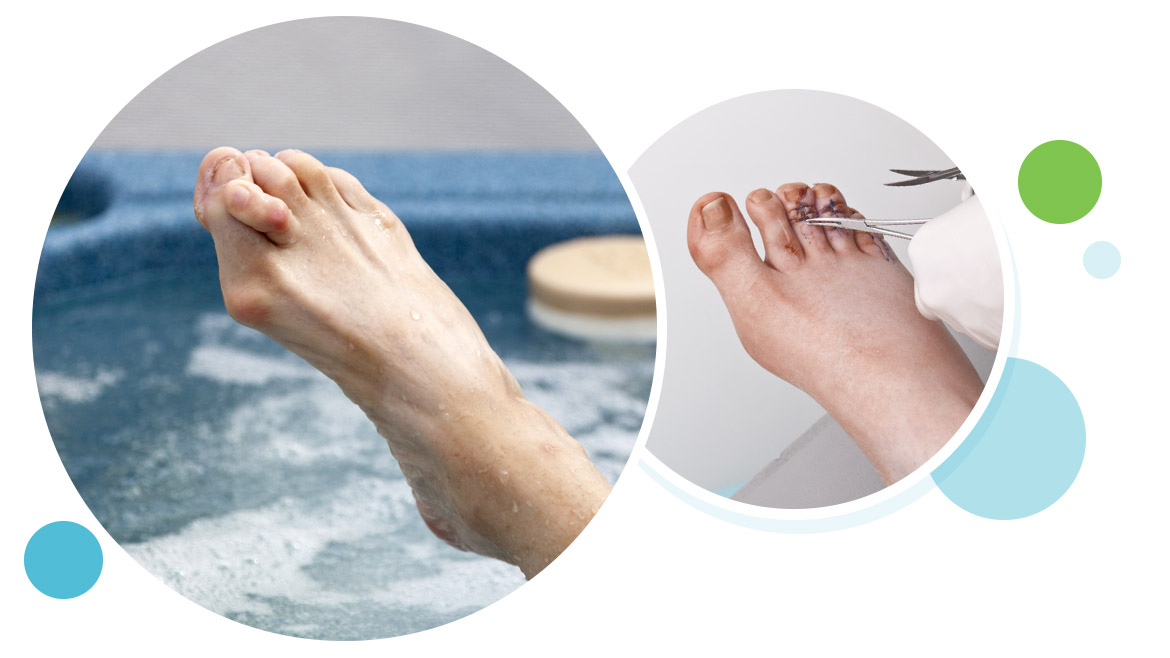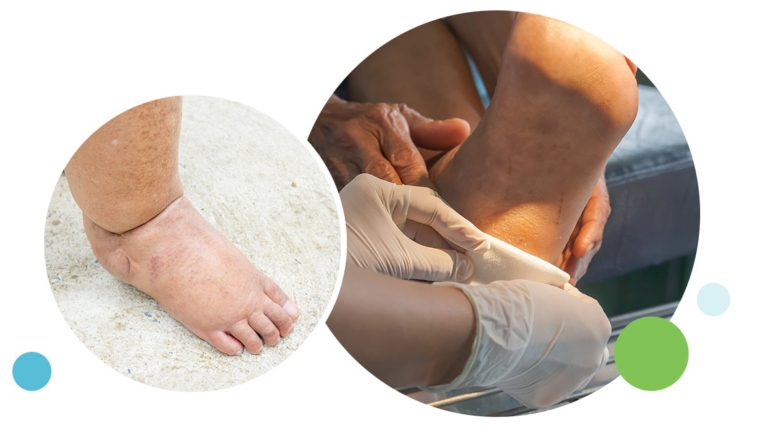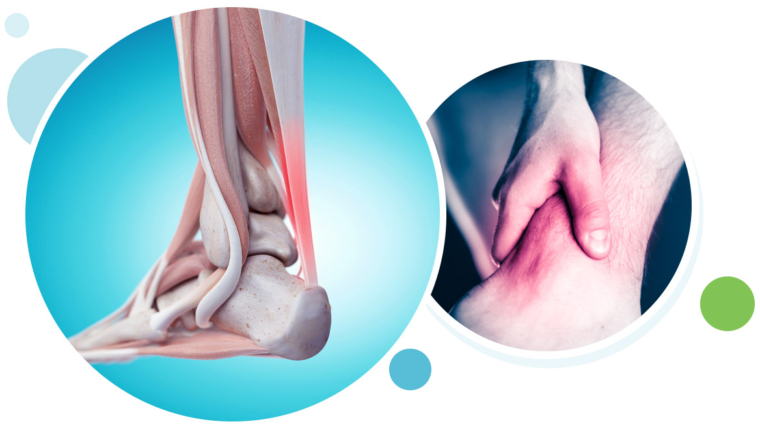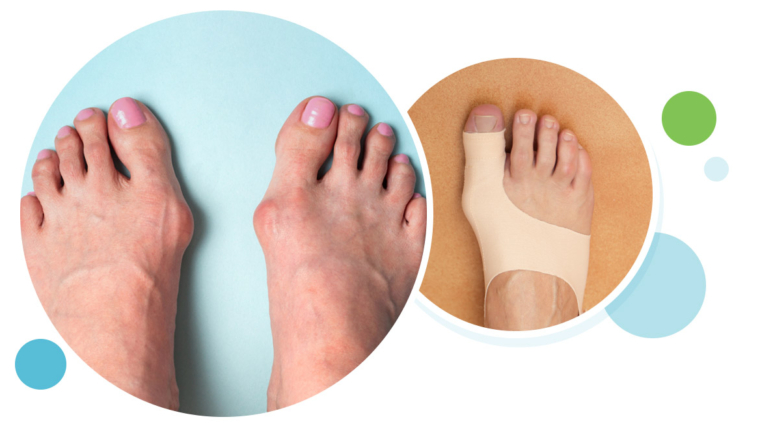During gait, the arch of the foot naturally depresses to help absorb shock. One of the ways that the arch tries to elevate again is accomplished is by the gripping of the toes. They help to stabilize the metatarsal heads, pull the heel bone further forward to shorten the arch and elevate the heel.
During the process of gait, if an abnormal amount of force is misdirected, (the arch being too low or the foot being too unstable) the toes must over grip and increase their actions. Often times this leads to a muscular imbalance causing deformity to the toes. Bursa and corn development occurs when a toe rubs against an object such as a shoe. The rubbing causes an irritation which in the case of a bursa develops a small fluid filled sac between the bone and the skin. This sac tries to cushion the bone, usually to no avail and with the development of further pain. In the case of a development of a corn, the irritation is to the skin. A large development of keratinized skin of the outer layer builds up to prevent further irritation of the epidermis. Of course this build up usually presses further and produces increased pain.
Hammer Toe Deformity is the primary development of deformity of the toes. Hammer Toe occurrence is the development of an angular (twisting) position of the toe. The position of the toe causes rubbing and irritation in the shoe which produces pain.
Hammer toe deformity can be congenital (such as in clinodactyly, polydactyly and syndactyly) or developmental such as in adductovarus deformity, flexor stabilization or flexor substitution.
Although hammertoes are readily apparent, to arrive at a diagnosis, one of our doctors at Northstate Foot and Ankle will obtain a thorough history of your symptoms and examine your foot. During the physical examination, the doctor may attempt to reproduce your symptoms by manipulating your foot and will study the contractures of the toes. In addition, x-rays may be taken to determine the degree of the deformities and assess any changes that may have occurred. Hammertoes are progressive—they don’t go away by themselves and usually they will get worse with time.
Symptoms of hammertoes include pain or irritation of the affected toe when wearing shoes, corns and calluses on the toe, between two toes, inflammation, contractures or even open sores. These symptoms can be exacerbated with shoe gear that are ill-fitting. In severe circumstances, symptoms can progress rapidly if left untreated. If the hammertoe is flexible, symptoms in most cases can be managed by noninvasive measures. Noninvasive measures include padding, shoe wear changes, orthotic devices, medications, and splint/strapping.
Surgery is generally needed when the contracture is rigid and painful or any open sore has developed. Often, patients with hammertoe have bunions or other foot deformities corrected at the same time. In selecting the procedure or combination of procedures for your particular case, the surgeon at Northstate Foot and Ankle Specialists will take into consideration the extent of your deformity, the number of toes involved, your age, your activity level, and other factors. The length of the recovery period will vary, depending on the procedure or procedures performed. Because of the progressive nature of hammertoes, they should receive early attention. Hammertoes never get better without some kind of intervention.




